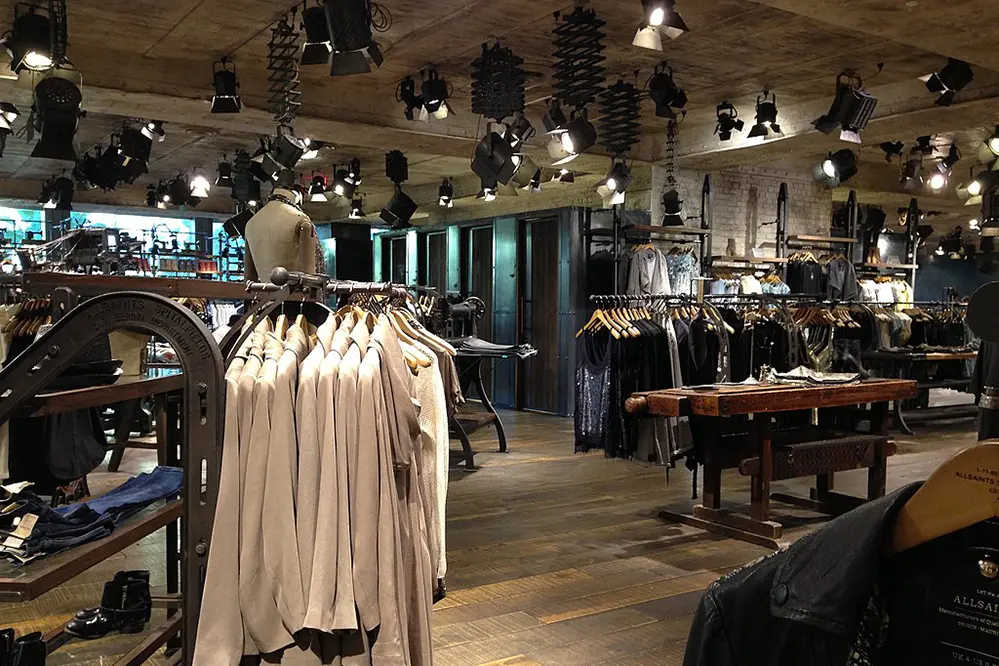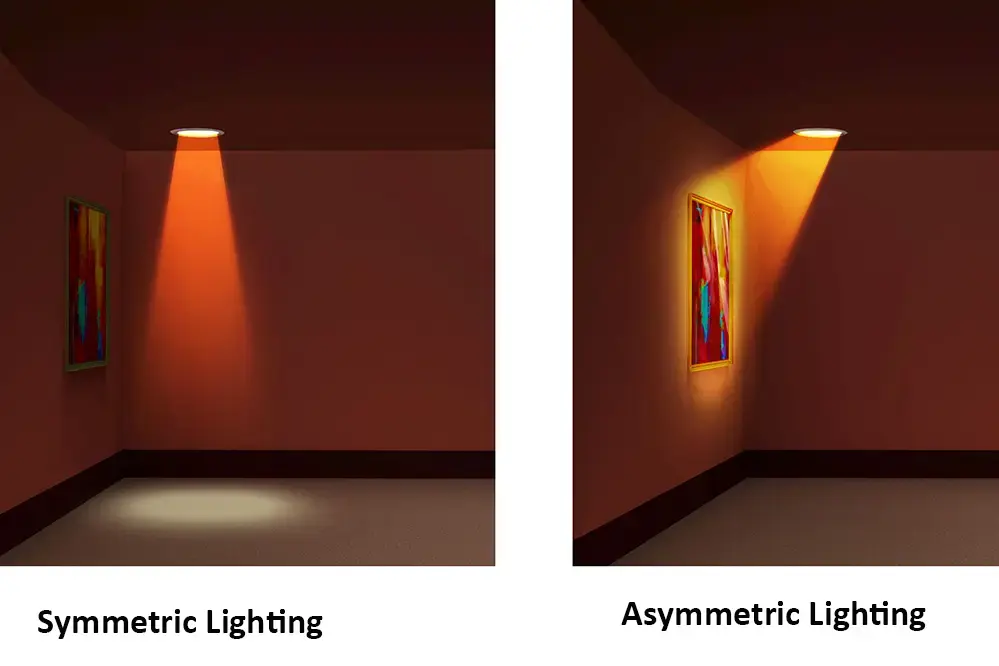Have you ever struggled with LED light strips that just won’t stay put? If you’re wondering how to make LED light strips sticky again, you’re in the right place. This common issue can turn a beautifully lit room into a frustrating mess, but there’s a solution.
Many people face challenges with LED light strips losing their adhesive quality over time. It’s a misconception that once the stickiness is gone, the strips are useless. In reality, there are several effective methods to restore their adhesive properties and keep your space looking sharp.
Understanding the benefits of maintaining your LED light strips is crucial. Not only does it preserve the aesthetic appeal of your environment, but it also extends the lifespan of your lights, ensuring you get the most out of your investment. Proper maintenance can save you time, money, and effort in the long run.
In this guide, we’ll cover key points such as cleaning techniques, adhesive enhancers, and preventive measures. Each step is designed to help you keep your LED light strips securely in place and functioning optimally.
Ready to transform your space and keep your LED lights shining bright? Let’s dive into the detailed steps and expert tips that will make your LED light strips sticky again and elevate your lighting projects to new heights.
Understanding LED Light Strips
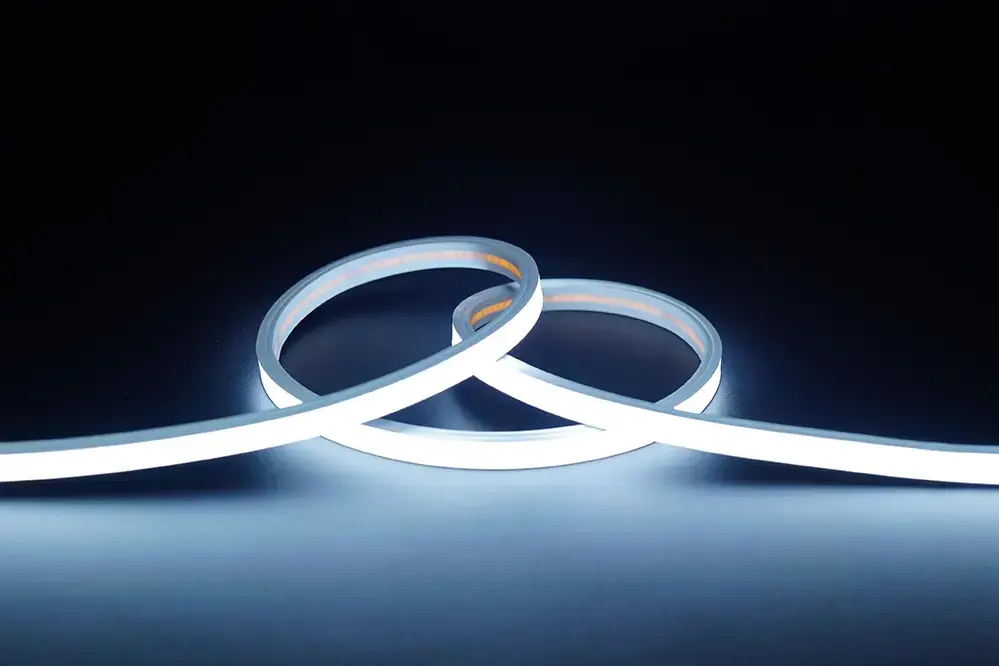
LED light strips are revolutionizing modern lighting, offering an unprecedented blend of versatility, efficiency, and aesthetic appeal.
Recent years, these flexible illumination solutions have transformed spaces from mundane to captivating, delivering both style and function through innovative technology.
In essence, an LED light strip consists of a series of small LEDs mounted on a printed circuit board, supported by an adhesive backing for easy installation.
The beauty of these strips lies in their adaptability; cuttable and linkable, they can contour seamlessly around corners, illuminate under cabinets, or even highlight architectural details.
Understanding their structure and functionality is fundamental to unlocking their full potential and ensuring they maintain their adhesive strength over time.
Common Reasons for Loss of Stickiness
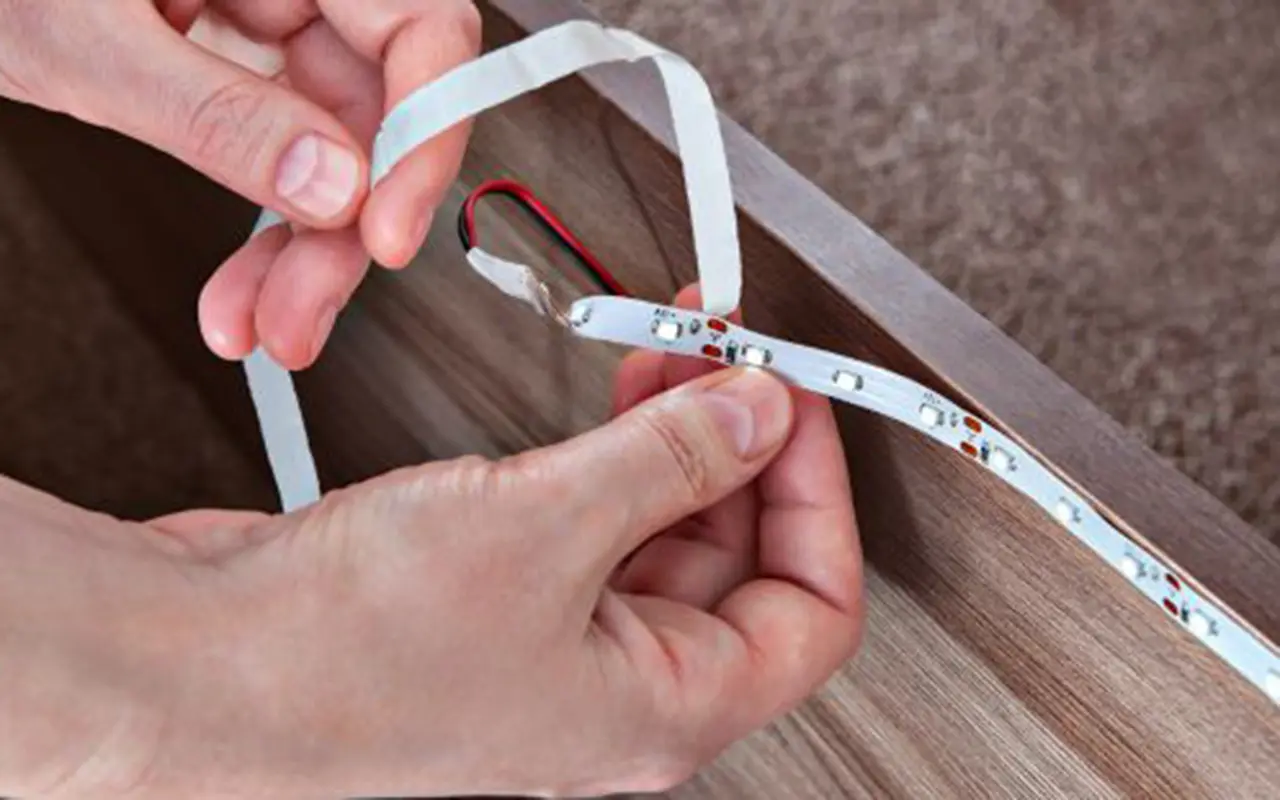
Several factors can contribute to the diminished adhesive quality of your LED light strips. Understanding these can help in proactive maintenance, ensuring your lights remain secure.
Firstly, surface cleanliness plays a crucial role. Dust and grime on the installation surface can significantly reduce adhesive effectiveness.
Another common issue is the temperature of the installation environment. Extreme temperatures, whether too hot or too cold, can compromise the sticky backing of LED light strips, decreasing their adhesive properties.
Additionally, repeated repositioning or movement of the light strip can wear down the adhesive. This mechanical stress results in reduced stickiness over time, necessitating careful planning and measured handling during initial installation to ensure longevity and adherence.
Assessing the Condition of the Adhesive
Before embarking on restoration, evaluate the existing adhesive to gauge whether it requires repair or replacement.
Begin by gently pressing along the strip to assess tackiness. If the strip barely adheres or falls off, proceed to examine the entirety for visible dirt, discoloration, or wear, indicating compromised sticky quality. Identifying these aspects will assist in deciding the next course of action.
Progressively, a detailed assessment can unveil the adhesive’s underlying state. Should you observe partial adhesiveness, localized cleaning might suffice. Conversely, total loss of tackiness often necessitates more extensive measures to restore functionality.
Thorough inspection also enables anticipation of potential future issues. By addressing current weaknesses, you can implement longer-lasting solutions tailored to specific adhesive conditions, fostering sustained performance and reliability.
Basic Cleaning Techniques
First, meticulously tidy the LED light strips, a process of paramount importance, before reapplying any adhesive. Begin with a gentle wipe using a cloth lightly dampened with warm soapy water, ensuring all surface dust and grime are removed.
Once cleaned, let the strips dry entirely, avoiding hastening the process with heat. Incorporate a rub with rubbing alcohol to eliminate any lingering oils or residues. This should be done with care, as it ensures that no contaminants undermine the reapplication of the adhesive, fostering exemplary adherence.
Using Isopropyl Alcohol
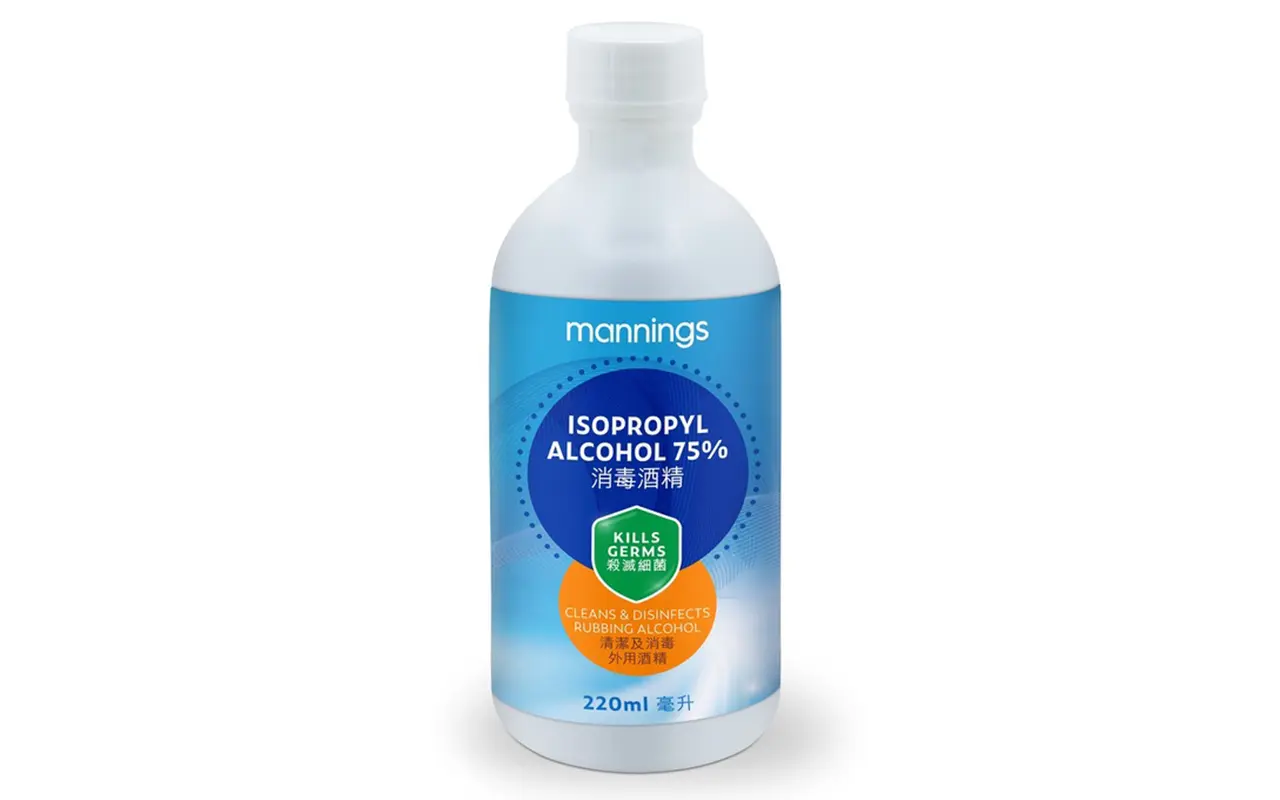
Isopropyl alcohol effectively cleans surfaces, making it ideal for restoring LED light strip adhesiveness. It removes oils and residues, ensuring a clean slate for re-adhesion.
To utilize this method, gently dab a cloth with isopropyl alcohol, and meticulously wipe the back surface of the LED strip. This removes any contaminants that impede the adhesive.
Isopropyl alcohol’s quick evaporation rate ensures no moisture remnants compromise adhesive bonds.
After cleaning, allow the surface to air dry entirely. Perform this cleaning method in a well-ventilated space to avoid inhaling fumes, ensuring optimal safety. This small yet crucial step can dramatically enhance the stickiness of your LED light strips, breathing new life and functionality into your lighting setup.
Using Soapy Water
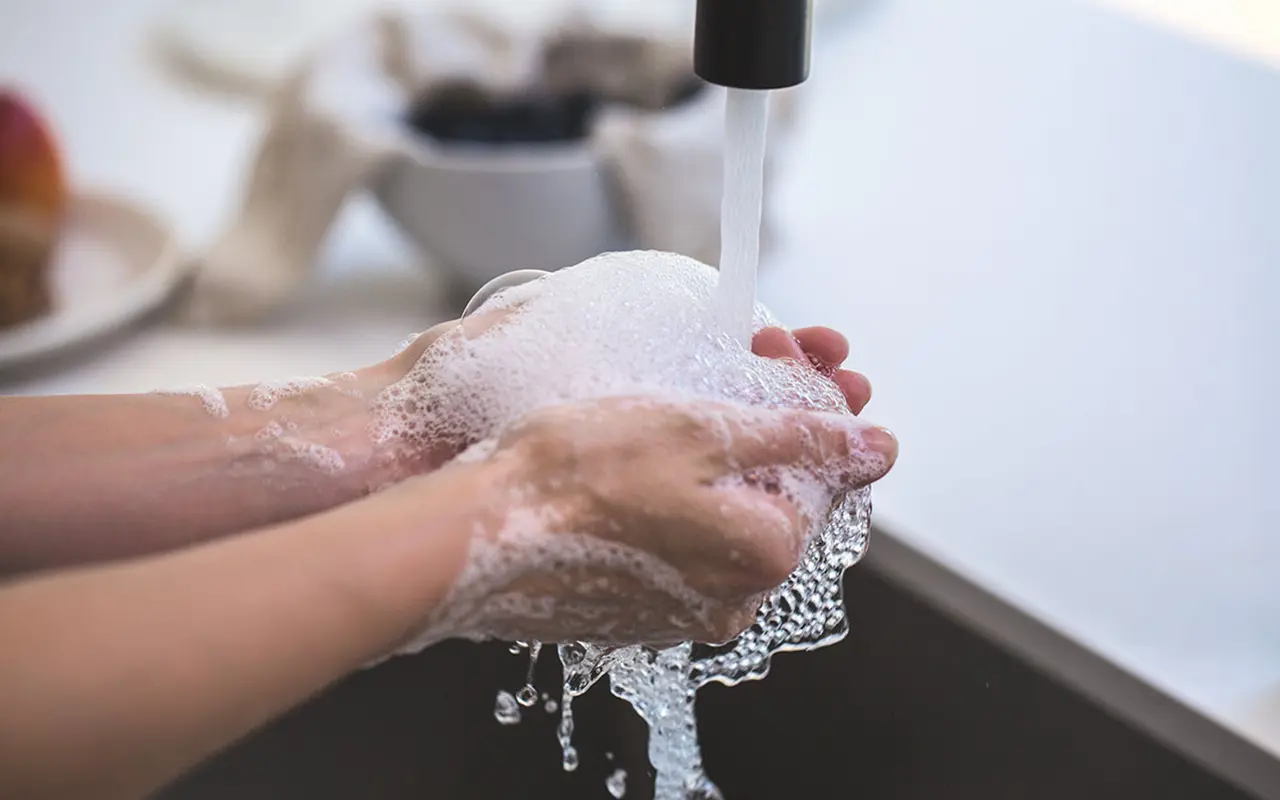
Utilizing soapy water is another effective method to rejuvenate the stickiness of your LED light strips. This technique employs mild cleaning agents to remove dirt and grime.
Start by mixing a small amount of mild dish soap with warm water. The water should be warm, not hot.
Gently dip a clean cloth into the soapy mixture, ensuring it’s damp but not soaked.
Carefully wipe the adhesive side of the LED strip, focusing on any areas with noticeable debris or dust buildup.
After cleaning, use a separate cloth dampened with plain water to wipe away any soap residue. Residual soap can affect the adhesive quality if left behind.
Finally, let the LED strip air dry completely before attempting to reapply. Ensuring the strip is dry is crucial, as moisture can hinder the adhesive properties.
Reapplying Adhesive
When the original adhesive on your LED light strips has lost its effectiveness, reapplying adhesive can reinvigorate their stickiness and stability. One effective solution is to use double-sided tape, which is readily available, easy to apply, and strong enough to hold the light strips in place.
Simply cut the double-sided tape to match the length of your LED strip, carefully press it onto the back, and then reattach the strip to the desired surface.
Double-Sided Tape
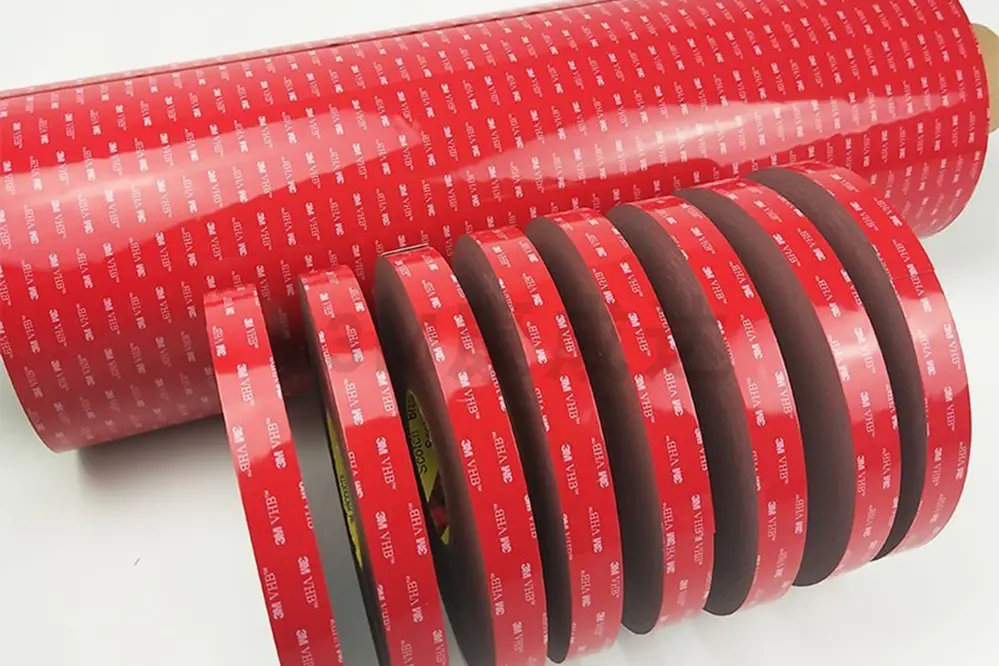
Double-sided tape is a great adhesive solution.
It provides a quick, reliable fix for LED light strips. Double-sided tape is known for its robust adhesive properties and ease of use, making it an excellent choice for reattaching LED light strips to various surfaces. Moreover, it can handle the weight and length of LED strips effortlessly.
The process to apply it is straightforward.
Begin by cutting a length of double-sided tape that matches the length of your LED strip. Carefully press the tape onto the back of the strip, ensuring it adheres firmly without air bubbles or wrinkles – this ensures maximum stickiness and durability.
This straightforward solution guarantees an aesthetically pleasing, securely attached strip, ensuring your LED lighting remains perfectly placed, enhancing your space exactly the way you envision. By implementing this method, you’re leveraging a practical and efficient technique to restore the adhesion of your LED light strips, ensuring they continue to illuminate your surroundings brilliantly.
Adhesive Sprays
When other methods fail, adhesive sprays emerge as a formidable option to restore stickiness to your LED light strips. These sprays are designed for high-performance results and offer a resilient bond.
Utilize adhesive sprays specifically designed for lightweight applications like LED strips.
To start, ensure your LED strip and the surface it will adhere to are clean and dry. Apply a thin, even coat of adhesive spray to the back of the LED strip and the mounting surface. Wait for the adhesive to become tacky before firmly pressing the strip onto the surface.
Employing adhesive sprays can be likened to wielding a powerful tool in your DIY toolkit. It offers a seamless, reliable fix to any adhesion issues you might encounter, providing lasting results. For best results, always adhere to the manufacturer’s instructions and safety guidelines. This meticulous approach assures your LED strips stay securely affixed, illuminating your space with unwavering brilliance.
Alternative Mounting Options
Employing alternative mounting options can significantly enhance the longevity and reliability of your LED light strips, especially when original adhesives become ineffective. Options such as mounting brackets, double-sided tape, and wire clips are invaluable in providing steadfast support.
These alternative methods ensure your LED light strips remain securely affixed and continue to illuminate your space flawlessly.
Mounting Clips
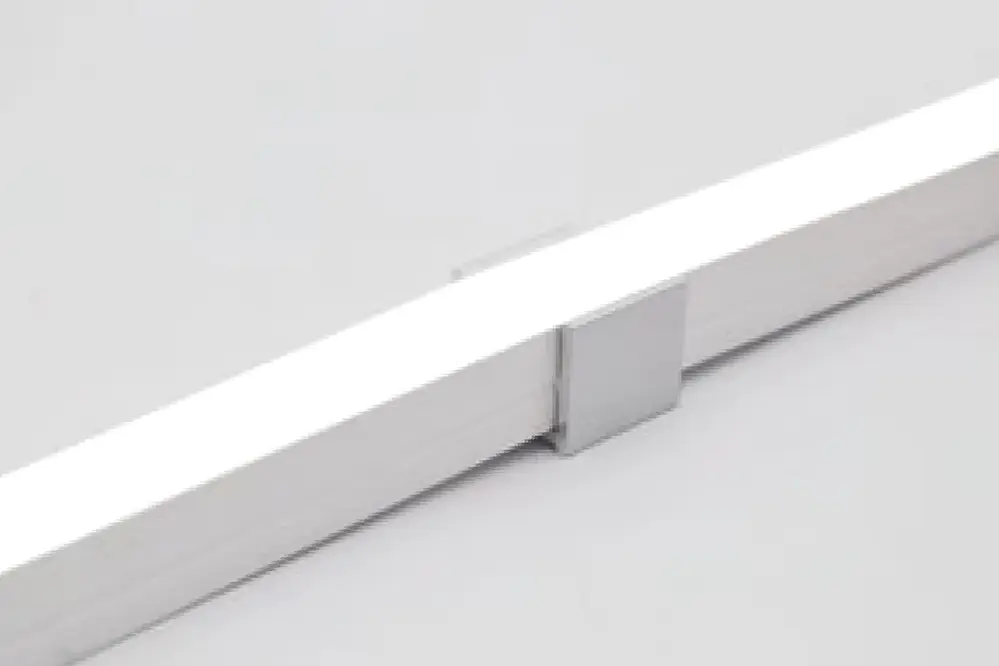
Mounting clips represent a versatile and reliable solution for affixing LED light strips securely.
Recent years, mounting clips, a premium mounting accessory, have revolutionized the process of LED light strips installation, providing both sheer convenience and minimalistic elegance.
These clips are adept at addressing situations where adhesive’s reliability is compromised. They offer a superior alternative to ensure LED light strips remain steadfastly positioned and consistently illuminating.
With the inclusion of mounting clips, installation becomes as easy as securing a fastened grip around the LED strip, positioning the clip, and pressing it into place. Their streamlined design syncs perfectly with any aesthetic vision.
Remember, mounting clips can be the cornerstone in achieving enduring and tidy LED installations in any setting.
Velcro Strips
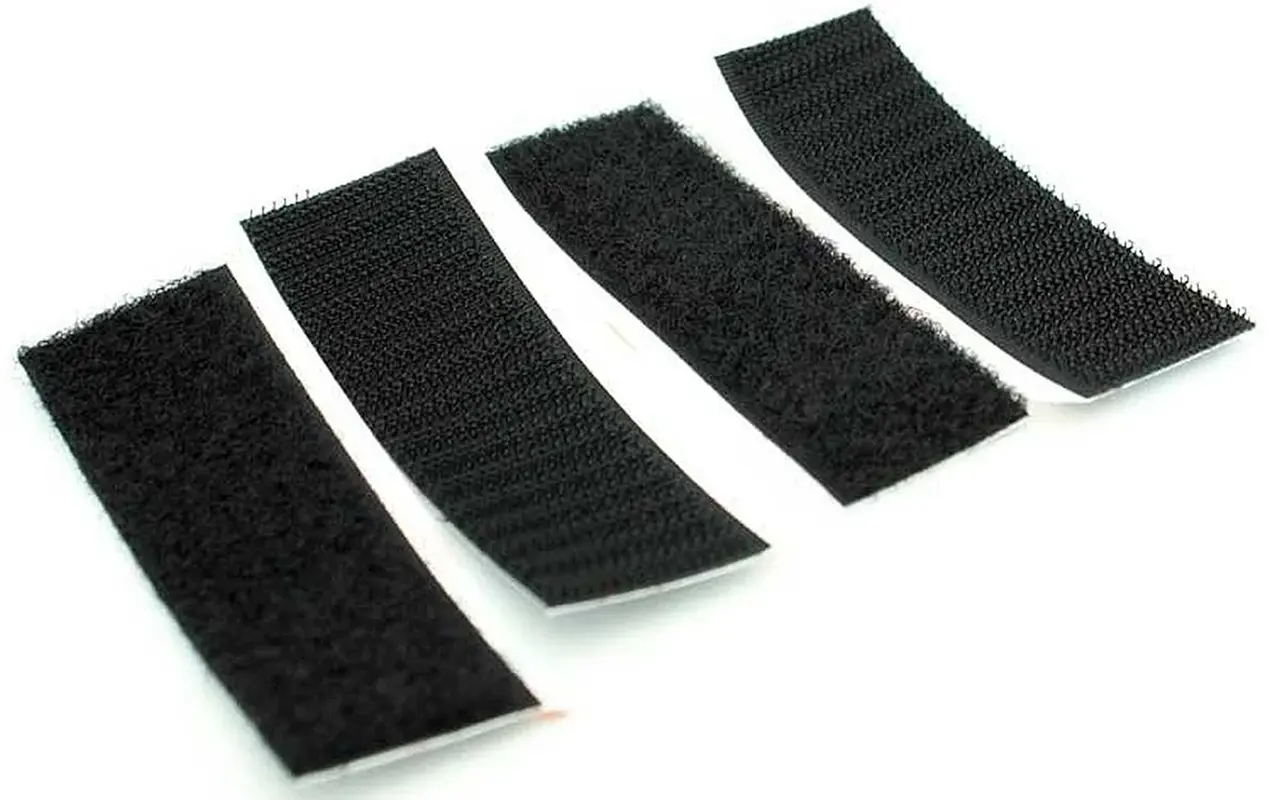
Velcro strips provide an excellent alternative for mounting your LED light strips, balancing simplicity, strength, and reuse with ease.
- Easy Installation: Simply apply Velcro strips to the back of the LED strip and the mounting surface.
- Reusability: Velcro’s detachable nature allows relocation without damaging surfaces.
- Adjustability: Provides flexibility in repositioning LED strips to achieve the desired look.
- Clean Surface Requirement: Ensure both surfaces are clean for optimal adhesion.
This method is ideal for individuals seeking an adjustable solution for their LED lighting needs.
Velcro strips maintain a clean and organized aesthetic by concealing wires effectively.
Confidently rely on Velcro strips to keep your LED installations not only secure but also visually appealing.
Preventing Future Adhesive Issues
To prevent future issues with your LED light strips losing their adhesive properties, take proactive measures by preparing the mounting surface. Ensure it is clean, dry, and free from dust or oil.
If you haven’t, consider using additional mounting solutions (like) mounting clips or Velcro strips. Each option has its unique advantages and can significantly enhance the longevity and stability of your LED installations.
Regularly inspect your installations and reinforce any areas where the adhesive appears to be weakening.
Proper Surface Preparation
Ensuring the surface is properly prepared is paramount for achieving optimal adhesion with LED light strips.
- Clean the Surface: Thoroughly clean the intended mounting area using isopropyl alcohol to remove dirt, dust, and oils.
- Dry Completely: Allow the cleaned area to dry completely, ensuring no moisture remains, as this can hinder adhesion.
- Smooth the Surface: Make sure the surface is smooth and even, as uneven surfaces can significantly compromise the adhesive bond.
- Temperature Check: Ensure the ambient temperature is between 60°F and 80°F for the best adhesive performance.
Taking these steps will create a reliable foundation for your LED light strips to adhere to.
A well-prepared surface ensures that your LED strips remain securely in place for the long haul.
Correct Installation Techniques
When it comes to installing LED light strips, proper techniques are essential to ensure longevity and optimal performance. Embracing an organized approach will make a substantial difference.
First, determine the exact placement for your LEDs. This will ensure you achieve the desired lighting effect.
Before starting, measure the area and cut the LED strip to the correct length (most strips are easily cuttable).
Position the strip without activating the adhesive to confirm the alignment and ensure a precise fit.
Only after ensuring everything is in place should you remove the backing and press the strip firmly onto the surface.
Finally, hold the strip in place for a few seconds to maximize adhesive contact. Effective installation techniques lead to lasting and vibrant LED lighting experiences.
Reap the Benefits of Well-Installed LED Light Strips
Properly installed LED light strips transform ordinary spaces into extraordinary visual experiences. It underscores the importance of precision, ensuring that every corner is illuminated with perfection.
Bright, energy-efficient LED lights augment aesthetic appeal while enhancing functionality.
An accurately installed LED system not only maximizes visual comfort but also extends the lifespan of the strips, positioning your living or workspace as a model of innovative design and thoughtful execution.
The investment in meticulous installation reaps benefits that resonate in the form of seamless lighting and enhanced ambiance. It transcends mere illumination, emerging as a hallmark of advanced aesthetics and modern efficiency, elevating everyday experiences into moments of inspiration.
Troubleshooting Persistent Adhesive Problems
Despite careful installation, there might be instances when your LED light strips refuse to adhere, causing frustration, but this roadblock is resolvable with a systematic approach.
Begin troubleshooting by ensuring the installation surface is clean and dust-free.
Often, inadequate surface preparation is the primary culprit behind persistent adhesion issues.
Thoroughly clean the area with isopropyl alcohol and ensure it is completely dry before reapplying the LED strips.
Additionally, consider the ambient temperature; extreme cold or heat can weaken adhesive qualities, compromising the stickiness.
Finally, if issues persist, applying a thin layer of adhesive promoter or utilizing hot glue can significantly enhance adhesion, ensuring your LED light strips remain securely in place.
Maintenance Tips for LED Light Strips
Ensuring your LED light strips remain in optimal condition involves routine checks, timely cleaning, and a proactive stance to address emerging issues, promising a seamless and inspiring lighting environment.
Dust accumulation inhibits performance.
Regularly, gently wipe your LED strips with a soft, lint-free cloth dampened with isopropyl alcohol.
Avoid using harsh chemicals to prevent damaging the LED light strips’ delicate electronic components.
Maintain a stable ambient temperature to optimize adhesive strength and electronic longevity.
Consistent inspections serve as invaluable preventive measures, allowing you to identify and rectify minor issues before they escalate to significant problems.
Ultimately, the key to long-lasting LED light strips lies in diligent care, transforming potential challenges into opportunities to enhance your lighting experience.
Conclusion
Revitalizing the stickiness of your LED light strips is a straightforward process with our comprehensive guide. By following these steps, you can easily re-adhere your LED light strips, extending their lifespan and enhancing their visual appeal. This rejuvenation not only ensures the longevity of your lighting setup but also maintains the vibrant and creative atmosphere of your space.
Promptly addressing adhesive issues maximizes the benefits of your investment, fostering an environment of innovation and inspiration. Meticulous maintenance amplifies the aesthetic value of your LED installations, allowing you to take charge of your lighting projects with confidence. Unleash your full creative potential and keep illuminating your world with unwavering assurance.
For those seeking professional assistance or high-quality products, consider reaching out to Unitop, a leading Chinese manufacturer of LED strip lights and LED neon strips. With their expertise and extensive range of products, Unitop can provide tailored solutions to meet your specific lighting needs. By partnering with a trusted manufacturer, you ensure the durability and performance of your LED installations, allowing you to maintain a vibrant and innovative space. Contact Unitop today to explore their offerings and elevate your lighting projects to new heights.

